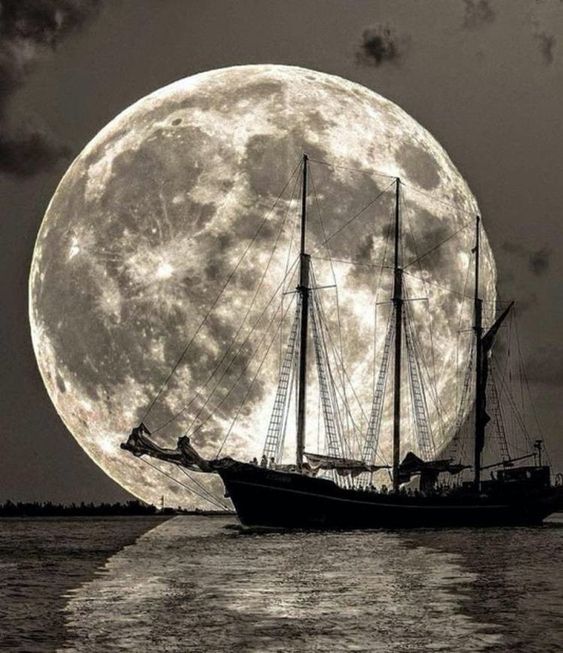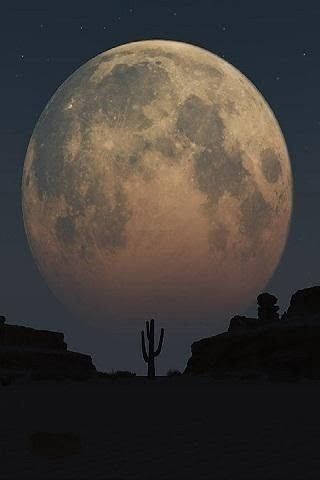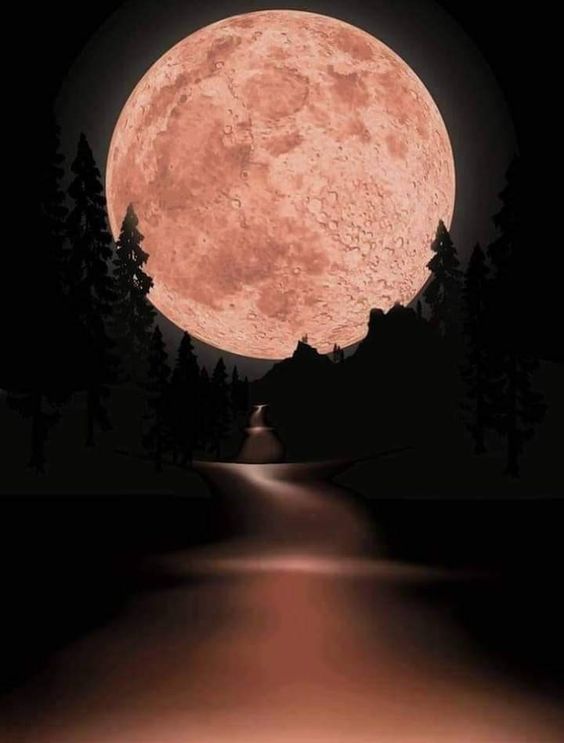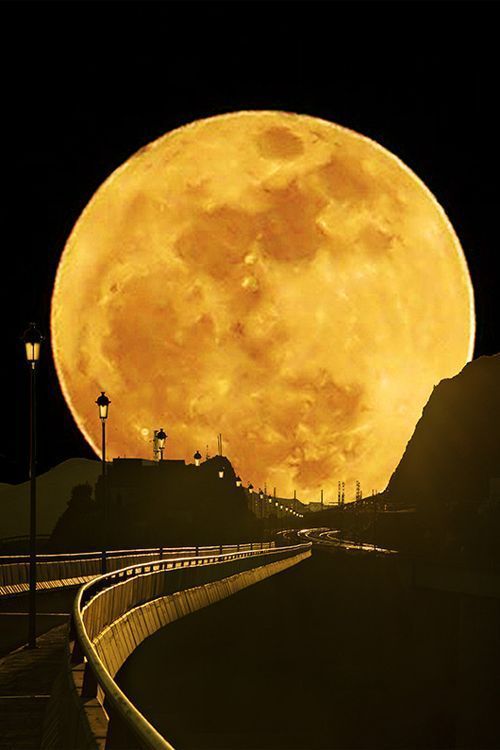Supermoon Spectacle: A Night of Celestial Grandeur

On a crisp, clear night, nature offers us a breathtaking spectacle that captures the imagination of people worldwide—the Supermoon. This celestial phenomenon, where the moon appears larger and brighter than usual, never fails to inspire wonder and awe.

A Supermoon occurs when the moon reaches its closest point to Earth in its elliptical orbit, known as the perigee. This proximity makes the moon appear up to 14% larger and 30% brighter than a regular full moon. It’s a dazzling display that transforms the night sky, turning it into a mesmerizing canvas of silver light and shadow.
The term “Supermoon” was coined by astrologer Richard Nolle in 1979 and has since gained widespread recognition. While astronomers refer to this phenomenon as a perigee-syzygy moon, the poetic allure of “Supermoon” perfectly encapsulates the magic and allure of this natural spectacle.

Throughout history, the moon has been a source of fascination and reverence for cultures around the world. It has inspired poets, artists, and dreamers, serving as a symbol of mystery, romance, and the eternal cycles of nature. The Supermoon, with its intensified luminosity and majestic presence, amplifies these sentiments, evoking a sense of wonder and connection to the cosmos.
Photographers eagerly await the arrival of the Supermoon, seizing the opportunity to capture its ethereal beauty through their lenses. Social media platforms buzz with stunning images of the Supermoon rising over iconic landmarks, reflecting on tranquil waters, or peeking through the silhouettes of ancient trees. These photographs not only showcase the moon’s splendor but also unite people across the globe in shared admiration and awe.

So, the next time a Supermoon graces the night sky, take a moment to step outside and witness this extraordinary event. Let yourself be captivated by its grandeur, and allow your imagination to soar among the stars. After all, it’s not just a moon; it’s a Supermoon—a night of celestial grandeur that reminds us of the magic that exists in the universe and within each of us.



